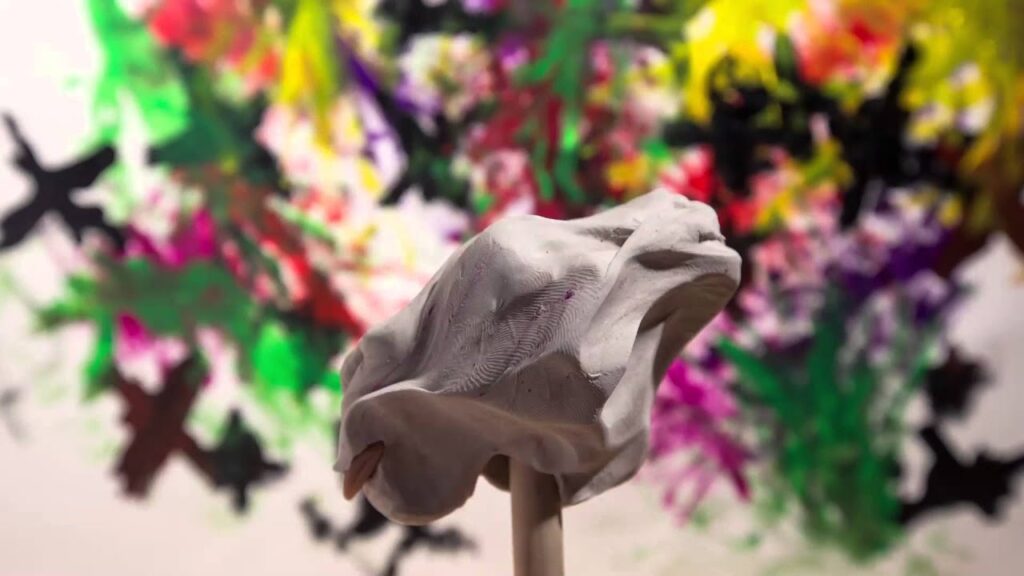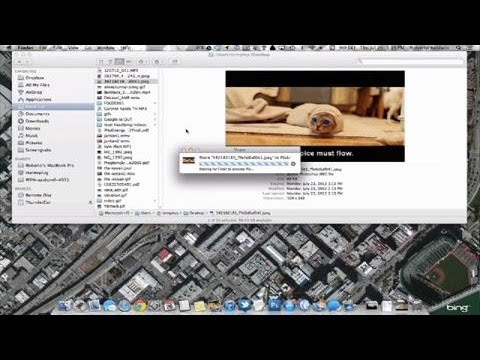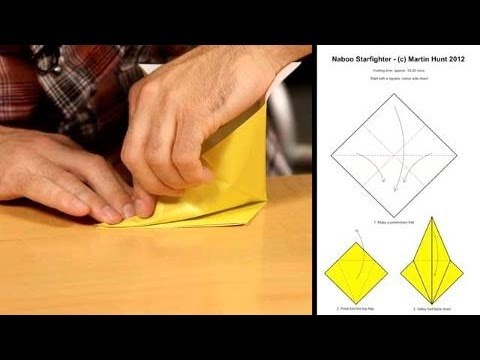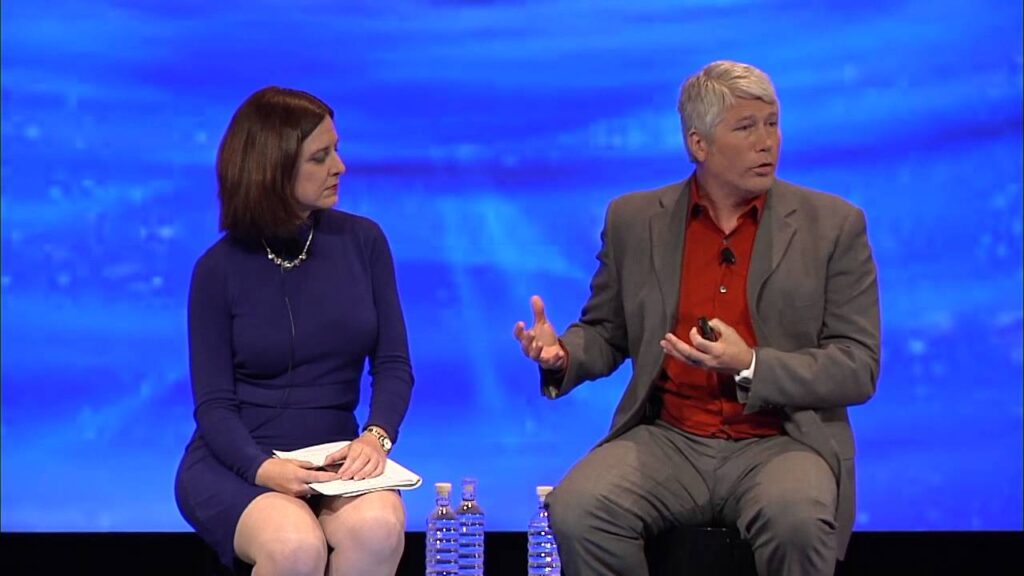The Making of Fully Digital Characters in Star Wars: The Force Awakens
Summary
In this article, we explore the process of creating fully digital characters in Star Wars: The Force Awakens. We delve into the technology used by Industrial Light & Magic (ILM) to capture the performance of real actors and convert it into digital form. We also discuss the collaboration between ILM and Disney Research Zurich in the development and integration of the Medusa system for production use.
Table of Contents
- Introduction
- Character Design and Maquette
- Medusa Capture System
- Expression Space
- SnapSolver Facial Capture System
- ILM Character Animation Team
- Collaboration with Disney Research Zurich
- Conclusion
Character Design and Maquette
The process of creating fully digital characters in Star Wars: The Force Awakens begins with character design and a full maquette. The maquette is made and scanned, and from this, the muscles and bone structure of the character are created.
Medusa Capture System
To capture the performance of real actors, ILM uses the Medusa capture system from Disney Research Zurich. This system captures not just the actor’s fixed facial expressions but also their animated lines of dialogue. This creates a library of faces before principal photography, which is sometimes called the expression space.
Expression Space
On set, the actress has tracking dots, which are used to solve her expressions into the ILM-shaped library or space. This provides what the actor is doing, but the performance still needs to be retargeted into the new character’s face mode.
SnapSolver Facial Capture System
ILM uses a proprietary facial capture system called SnapSolver to capture the actor’s performance and then convert it through Medusa to something that they can hand over to the highly skilled ILM character animation team. The team then refines the final performance.
ILM Character Animation Team
ILM’s character work is exceptional, and while some of the characters in Star Wars: The Force Awakens could be done physically, some couldn’t. In those cases, J.J. Abrams was more than happy to push the digital technology of fully digital actors based on the performance of real actors, such as Lupita Nyong’o, who plays Maz.
Collaboration with Disney Research Zurich
ILM’s R&D team has been collaborating closely with Disney Research Zurich on the development and integration of the Medusa system for production use. Disney Research Zurich is a world leader in face capture and eye scanning, and their system is one of the most detailed and advanced systems in the world. Many of the actors in Star Wars: The Force Awakens were scanned, and this was used not only for the lead digital characters but also for digi doubles and a few X-Wing pilots fighting off the evil First Order.
Conclusion
Creating fully digital characters in Star Wars: The Force Awakens was a massive undertaking, but thanks to the technology used by ILM and the collaboration with Disney Research Zurich, the team was able to create exceptional characters that seamlessly blended in with the live-action footage. The Medusa capture system and SnapSolver facial capture system were instrumental in capturing the performance of real actors and converting it into digital form. The collaboration between ILM and Disney Research Zurich highlights the importance of research and development in creating groundbreaking visual effects for films.







